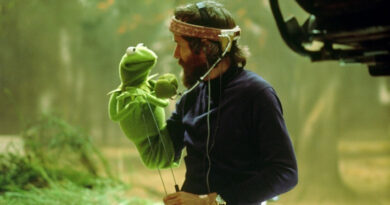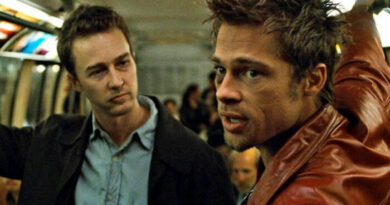Alfred Hitchcock: Master of Suspense and His Cinematic Techniques
Alfred Hitchcock, often referred to as the “Master of Suspense,” is a legendary filmmaker known for his innovative use of cinematic techniques that have left an indelible mark on the world of cinema. With a career spanning over five decades, Hitchcock’s films are characterized by their gripping narratives, psychological depth, and a mastery of suspense that keeps audiences on the edge of their seats. In this article, we will delve into some of the key cinematic techniques that Hitchcock employed to create his signature style.
The MacGuffin: One of Hitchcock’s notable techniques was the use of the “MacGuffin.” This term refers to a plot device or element that serves as a catalyst for the story’s events but may not necessarily hold significant importance in itself. Hitchcock used the MacGuffin to divert audience attention from the real focus of the film. For instance, in “North by Northwest,” the stolen microfilm is the MacGuffin that drives the plot, while the real tension arises from the protagonist’s journey to clear his name.
Suspenseful Editing: Hitchcock was a pioneer of suspenseful editing techniques. He used quick cuts, cross-cutting, and parallel editing to build tension and create emotional impact. In “Psycho,” the famous shower scene is a prime example of Hitchcock’s use of rapid editing to intensify the horror and shock of the moment. By skillfully manipulating the timing and sequence of shots, Hitchcock could control the audience’s emotional experience.
The “Wrong Man” Theme: A recurring motif in Hitchcock’s films is the “wrong man” scenario, where an innocent person is mistaken for a criminal and is thrust into a perilous situation. This theme adds an extra layer of tension as audiences empathize with the protagonist’s plight. In “The 39 Steps,” the protagonist finds himself on the run after being falsely accused of murder, a situation that keeps viewers engaged as they anticipate his efforts to clear his name.
Voyeurism and Point of View: Hitchcock often played with the concept of voyeurism, inviting the audience to become voyeurs themselves. He used point-of-view shots to immerse viewers in the characters’ experiences, making them feel as though they are directly participating in the action. In “Rear Window,” the main character’s voyeuristic tendencies become a central plot point, blurring the line between audience and character.
Innovative Camera Work: Hitchcock was known for his innovative camera techniques that heightened the emotional impact of his films. In “Vertigo,” he employed the “dolly zoom” or “Vertigo effect” to visually depict the sensation of acrophobia experienced by the protagonist. This technique involves zooming the camera out while simultaneously moving it closer to the subject, creating a distorted and unsettling visual effect.
Suspended Time: Hitchcock had a knack for elongating moments of tension, using meticulous pacing and timing to draw out suspense. He believed that the longer a suspenseful moment was stretched, the greater the audience’s emotional investment. The iconic crop-dusting scene in “North by Northwest” exemplifies this technique, as the tension is heightened by the deliberate pacing and the absence of dialogue.
Symbolism and Visual Metaphors: Hitchcock was a master of using symbolism and visual metaphors to convey deeper meanings. In “Psycho,” the stuffed birds in the Bates’ home serve as a foreboding symbol of Norman Bates’ psychological instability. These visual cues added depth to the narrative and allowed audiences to engage on multiple levels.
Sound Design and Music: Hitchcock recognized the power of sound in creating suspense. His collaboration with composer Bernard Herrmann led to some of cinema’s most iconic scores. The screeching violins in the shower scene of “Psycho” and the eerie waltz in “Vertigo” are examples of how Hitchcock used music to intensify emotions and heighten tension.
Alfred Hitchcock’s cinematic techniques have left an indelible impact on filmmaking, influencing generations of directors and shaping the thriller and suspense genres. His ability to manipulate the audience’s emotions, create unforgettable visual sequences, and craft narratives full of twists and turns has cemented his legacy as a true master of the art of suspense. Whether through his innovative editing, inventive camera work, or thematic motifs, Hitchcock’s films continue to captivate and intrigue audiences, proving that his techniques are timeless and eternally effective in keeping viewers on the edge of their seats.



